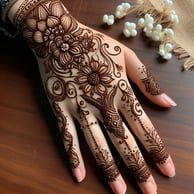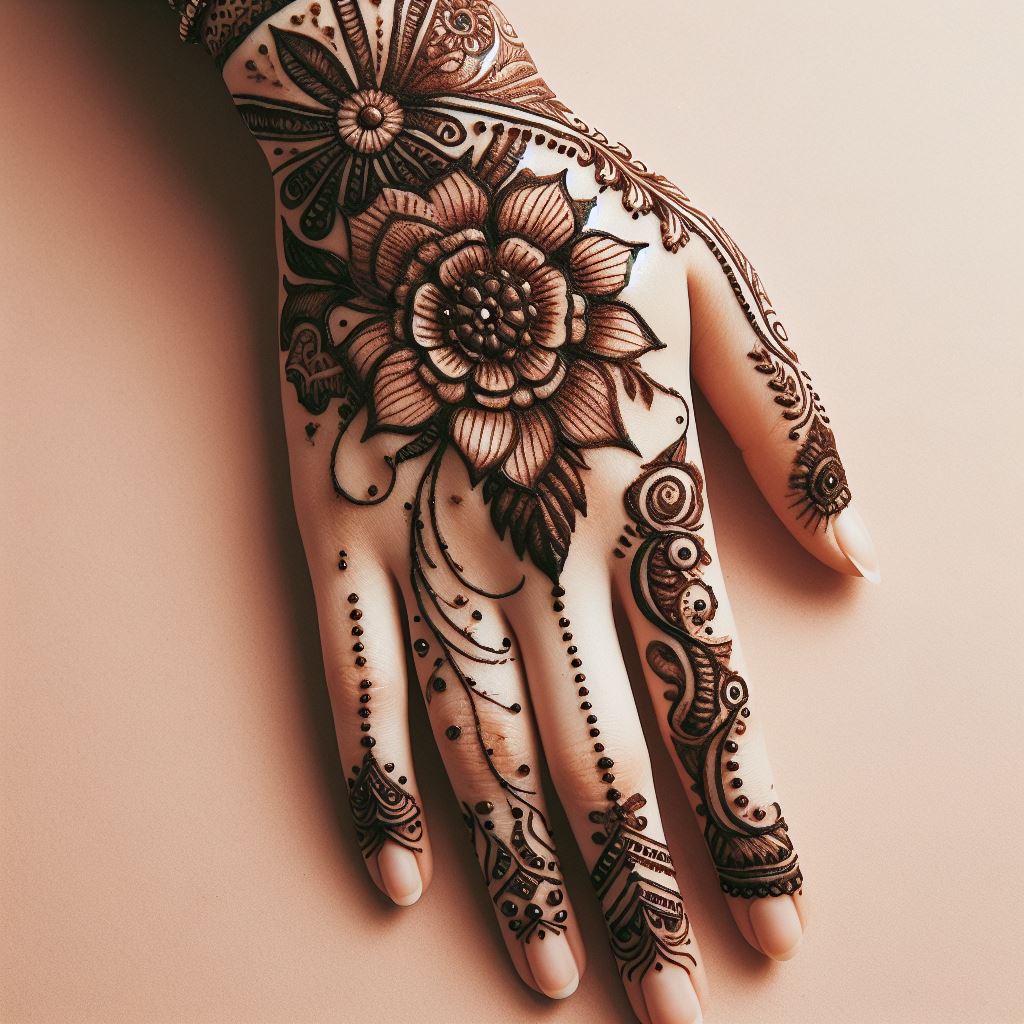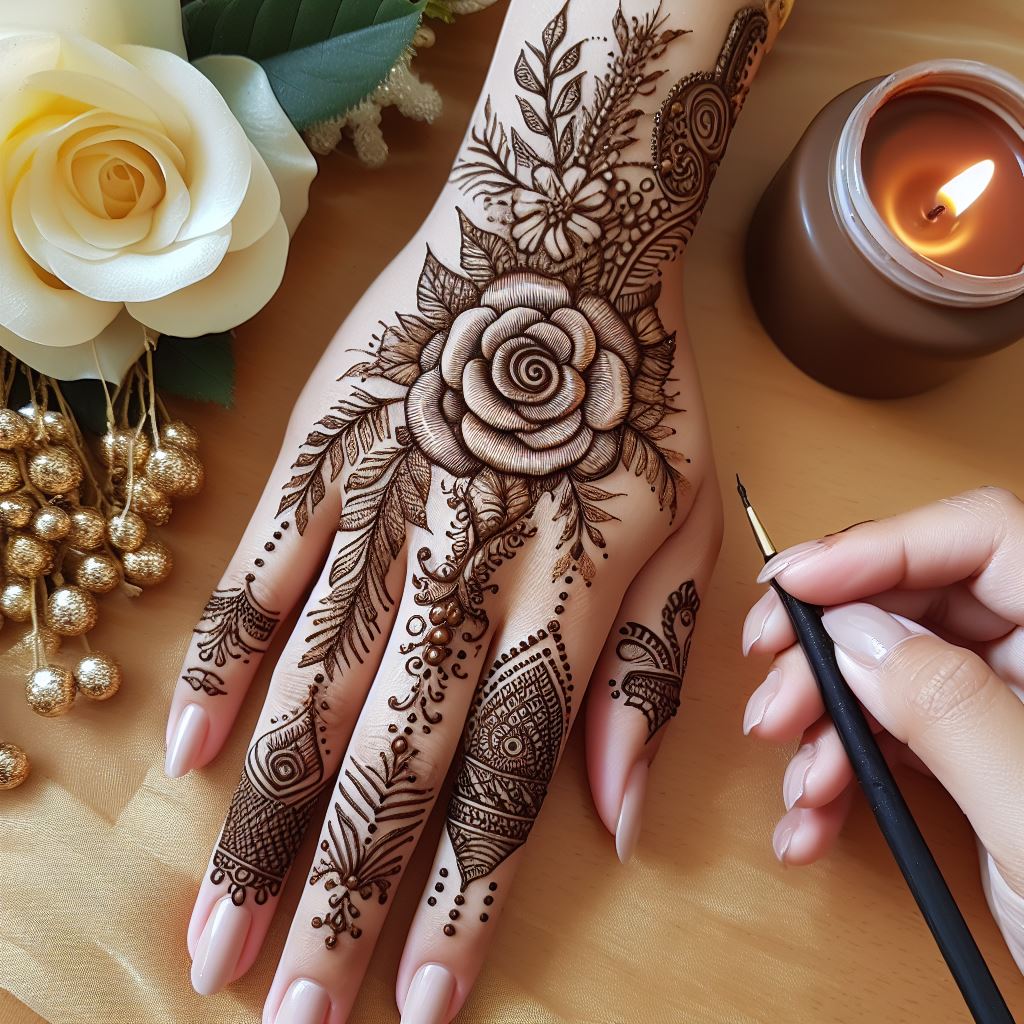
Right hand mehndi design
Mehndi Design World
Mehndi and Indian Culture: The Enchanting Tapestry of Right Hand Mehndi Design in Festivals and Weddings
Mehndi, an ancient art form deeply rooted in Indian culture, has transcended time and trends, remaining an integral part of various celebrations. From weddings to festivals, mehndi, also known as henna, is a traditional form of body art that involves intricate designs applied to the skin. Amidst the myriad of mehndi designs, the significance of right hand mehndi design holds a special place in the hearts of those who cherish the rich tapestry of Indian festivities.
The cultural importance of mehndi stretches back centuries, weaving a narrative that reflects tradition, rituals, and celebrations. Mehndi application is considered not just an art form but a sacred tradition passed down through generations. The mesmerizing patterns adorning the hands and feet of individuals during festivals and special occasions are symbolic of auspiciousness and joy. Within this cultural mosaic, the right hand mehndi design emerges as a focal point, carrying nuanced meanings that go beyond mere aesthetics.
Right hand mehndi design is laden with cultural and spiritual significance. In Indian traditions, the right hand is often associated with auspiciousness, blessings, and positive energy. Applying mehndi specifically to the right hand is believed to attract prosperity and good fortune. The intricate motifs drawn on the right hand symbolize the unfolding of a new chapter, a metaphorical canvas where the individual paints their aspirations and dreams.
As one delves into the enchanting realm of Indian weddings, the significance of mehndi becomes even more pronounced. Weddings in India are not merely unions of individuals; they are grand celebrations where every detail is steeped in symbolism. Mehndi, especially on the right hand, is an essential pre-wedding ritual. It is not only a means of enhancing the bride's beauty but also a way to invoke blessings for marital bliss and prosperity.
The right hand mehndi design becomes a canvas for intricate patterns, each telling a story of love, commitment, and the union of two souls. The application of mehndi is often a communal affair, bringing together family and friends to share in the joy of the impending union. The fragrant paste, when applied with care and precision, weaves a tapestry of cultural richness that resonates through the wedding festivities.
Beyond weddings, the importance of applying mehndi on hands extends to various festivals celebrated across India. Festivals like Diwali, Karva Chauth, and Eid witness a surge in mehndi application, with individuals adorning their hands with vibrant designs. The act of applying mehndi is not merely a cosmetic enhancement; it is a cultural practice that fosters a sense of community and shared traditions.
The intricate motifs and symbols drawn on the hands during festivals are not only aesthetically pleasing but also carry deeper meanings. They reflect cultural identity, religious beliefs, and a connection to the roots that define Indian heritage. Right hand mehndi design, in particular, becomes a symbolic gesture, an expression of reverence for tradition and a celebration of the cultural mosaic that binds the diverse tapestry of India together.
In conclusion, mehndi holds a profound cultural significance in India, transcending its role as a mere embellishment. The right hand mehndi design, with its intricate patterns and symbolic meanings, becomes a poignant expression of cultural identity, tradition, and the celebratory spirit that defines Indian festivals and weddings. As individuals adorn their hands with the fragrant paste, they not only beautify their exterior but also partake in a timeless tradition that weaves together the threads of the past, present, and future.

